Our story
DGT designs, develops, manufactures and distributes a wide range of chess-related products worldwide, such as digital chess clocks and game timers, as well as electronic chess boards, chess computers and chess accessories. Discover our story.
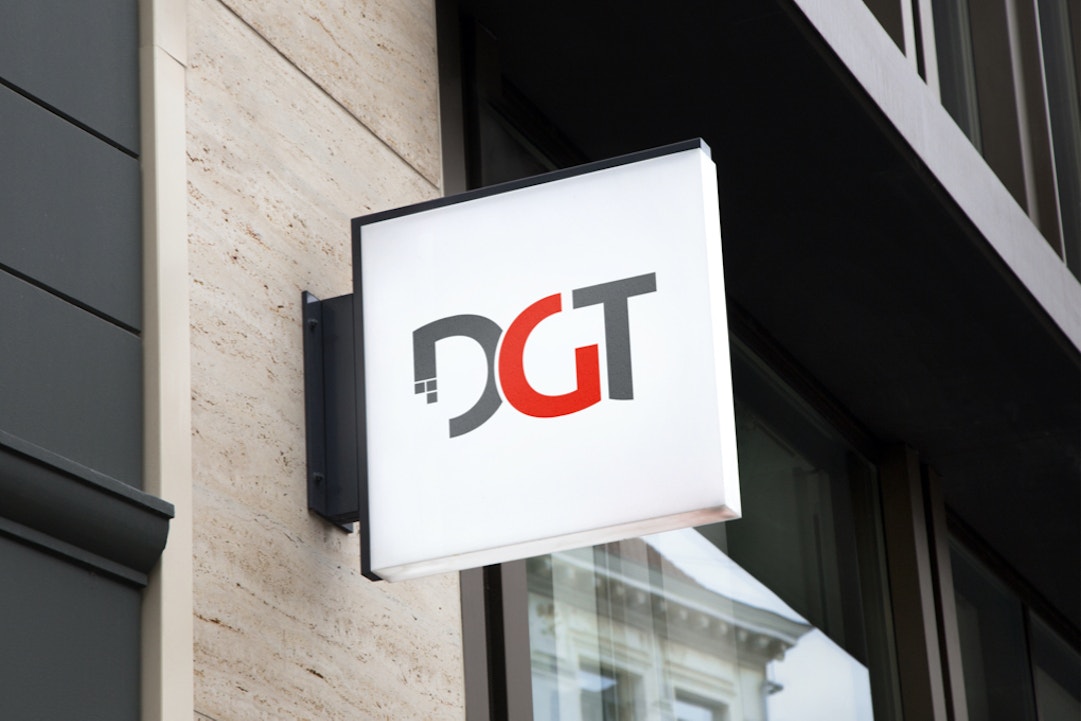
We revolutionised the world of chess
DGT introduced digital clocks to the chess world at a time when only analogue clocks were used. Since 1993 we have been making the “Official FIDE Chess Clock”, endorsed by the World Chess Federation. DGT clocks are the world’s bestselling chess clocks and used everywhere.
With the introduction of electronic chess boards, DGT caused another revolution in the chess world. Millions of chess lovers can now follow chess tournaments live via the internet. At home chess fans use the boards to play online, play against chess computers or for training purposes.
Playing chess on a real DGT board with real pieces is a much better experience than looking at a screen.

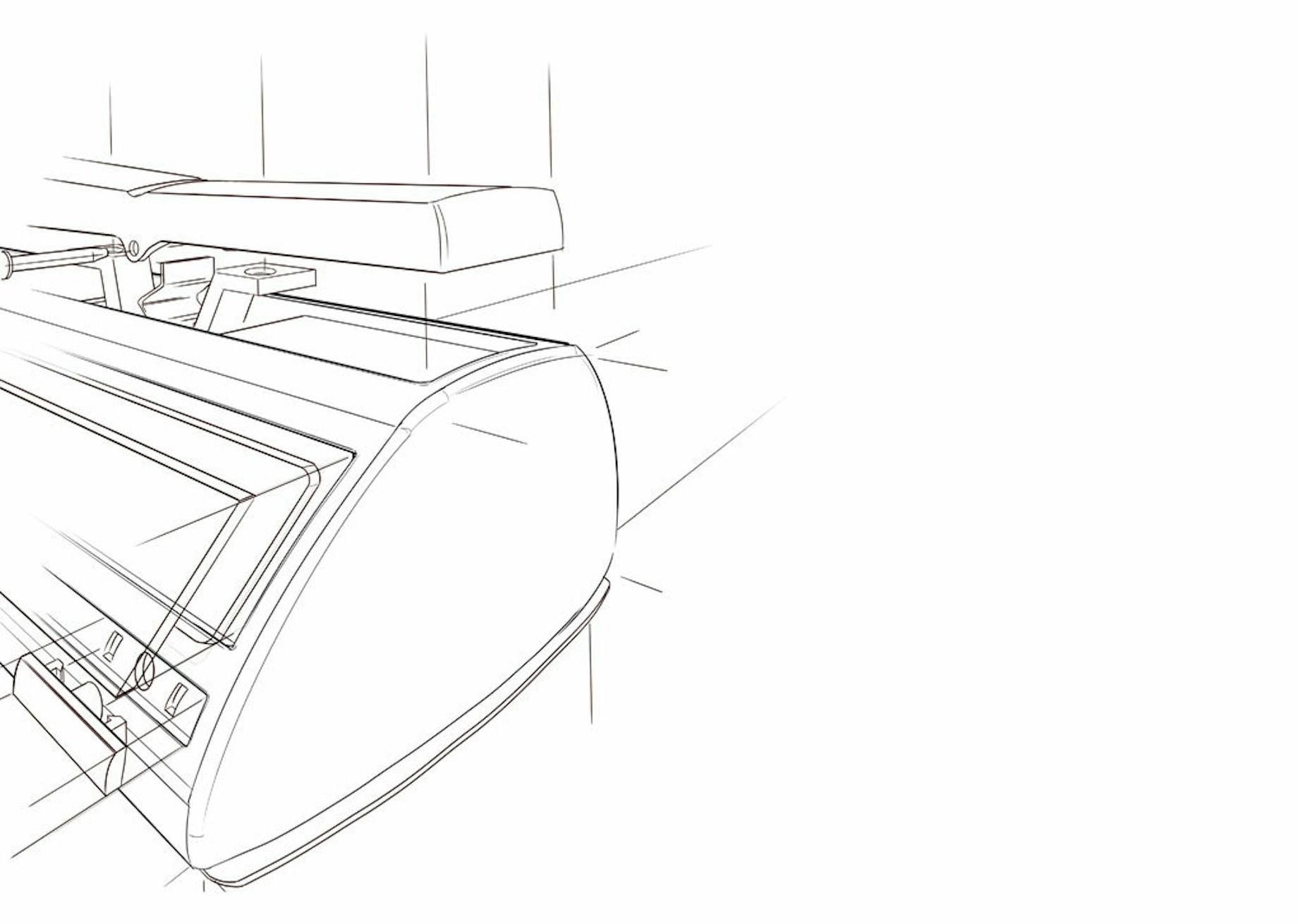
The next revolution
DGT brought many innovative products to the world of chess and continues to give chess players what they want. As global market leader we challenge status quo thinking to develop new ideas and great products to start the next chess revolution.
At DGT the traditional game of chess merged with 21st century technology creating high quality products with focus on user experience, quality and modern design. We strive to add fun, fairness and excitement to the game and enhance the experience of our customers.
DGT Global Network
DGT products can be purchased through retailers and distributors in more than 120 countries and in a wide variety of different markets: from chess specialty stores to online stores, from department stores to toy stores and from general games stores to many other types of outlets.
"We are Chess"
Our products
DGT sets the standard in game timing and in registering live games world wide with innovative and high quality products and services.
Product groups
- Chess Clocks
- Tournament e-Boards
- Home use e-Boards
- Electronic Chess Pieces
- Chess Computers
- Non-Electronic
- Chess Bags and Cases
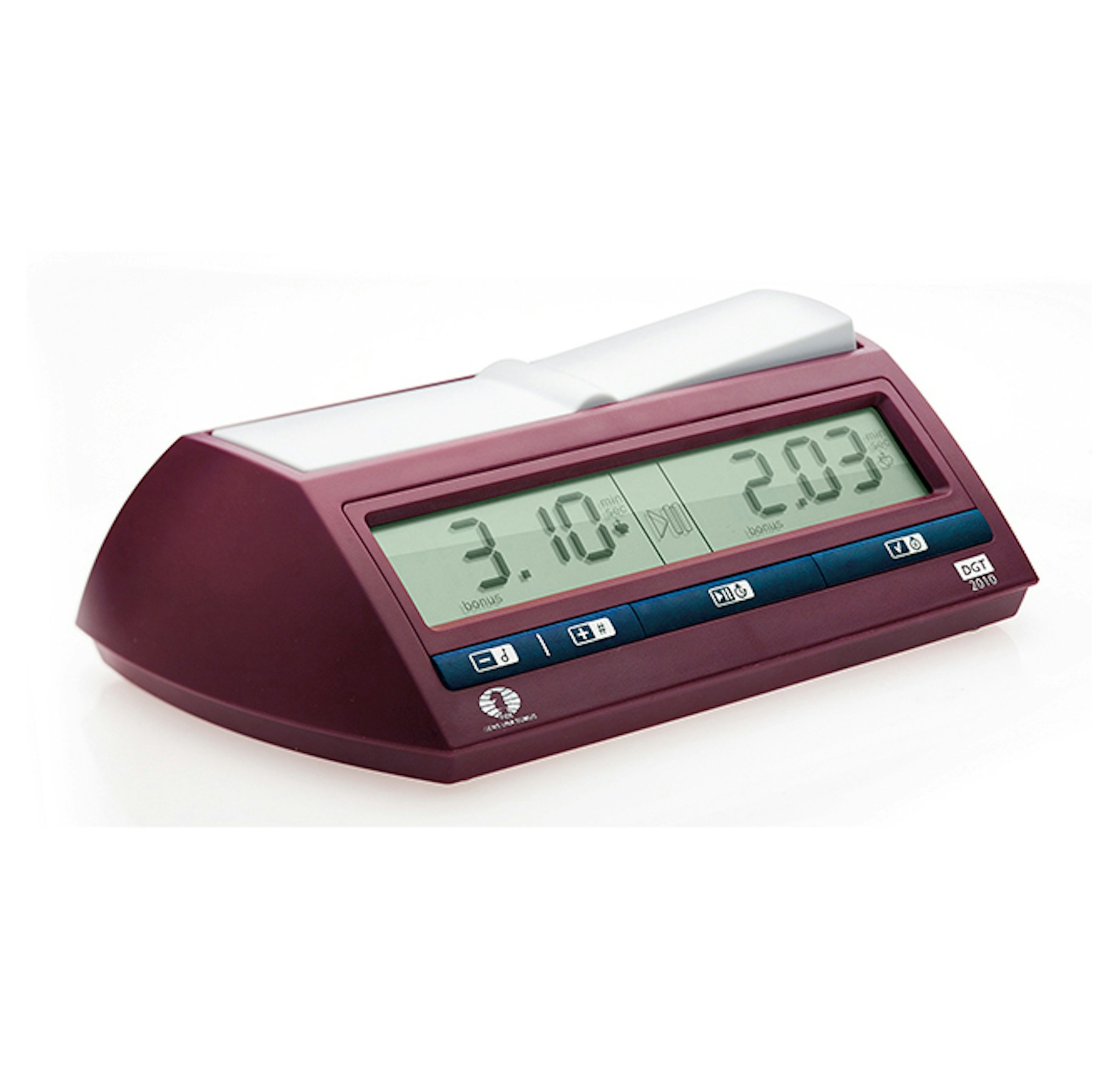
DGT Global Network
DGT products can be purchased through retailers and distributors in more than 120 countries and in a wide variety of different markets: form chess specialty stores to online stores, from department stores to toy stores and from general games stores to many other types of outlets.

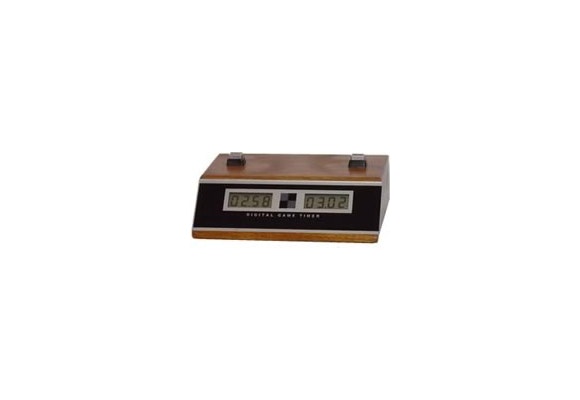
The first DGT clock
The first DGT clock was built in the mid-'80s by Ben Bulsink, at that time a student at the Technical University Twente in Enschede, the Netherlands. The clock was reviewed by the magazine of the Dutch Chess Federation, which called it 'the perfect chess clock.' However, there was one problem: the clock was handmade and much too expensive to produce. Only around 60 of these clocks were ever made, and Bulsink returned to work at the University.
Some five years later, chess trainer and organizer Albert Vasse read that the yearly Melody Amber chess tournament in Monaco wanted to start using Fischer timing at their tournament. Vasse contacted Bulsink, and together they approached tournament sponsor Joop van Oosterom and offered to build the clocks. They got the order and went on to develop and produce the first affordable digital chess clocks.
A three year contract with FIDE
In 1993, the International Chess Federation FIDE, at their General Assembly in Curitiba, Brazil, awarded a three-year contract to DGT Projects to produce "the Official FIDE Chess Clock."
The DGT FIDE clock was created in cooperation with the International Chess Federation (FIDE) in full conformation with the FIDE Laws of Chess. Since its introduction in 1994, many DGT FIDE chess clocks have been sold around the world.
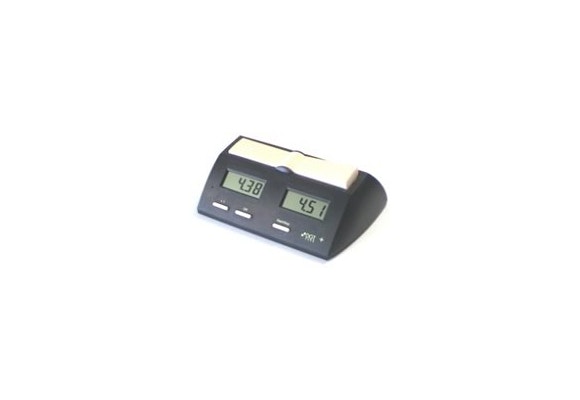
The DGT Plus
The DGT Plus was developed in 1994 in special cooperation with the European Go Federation (EGF) for use at the European Go championships in Maastricht. The DGT Plus can make a sound at the approach of a time limit - a short buzz at 10, 5, 4, 3, or 2 seconds before 0.00, and a long buzz during the last second.
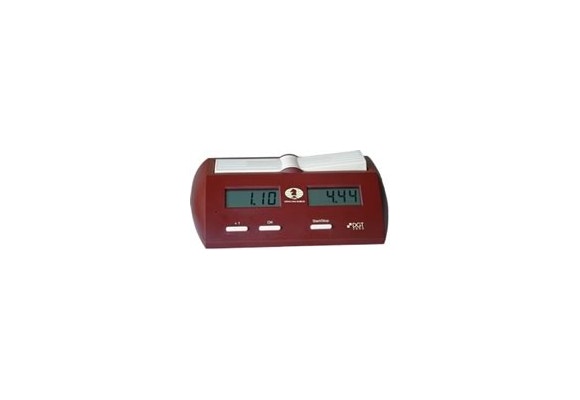
The DGT TopMatch Clock
The DGT TopMatch Clock is similar to the famous DGT FIDE chess clock, with an added serial interface that allows it to connect to the DGT electronic chessboard. This model was replaced by the DGT XL.
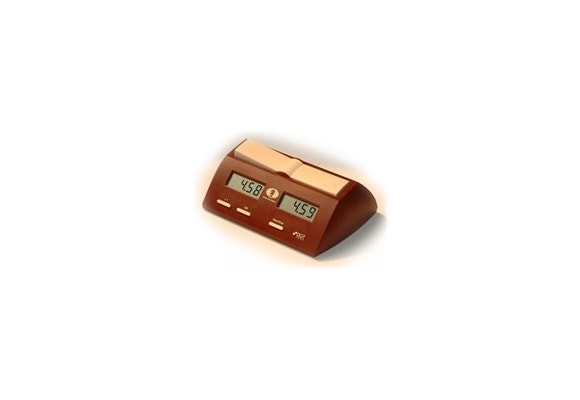
The DGT2000
The DGT2000 introduced several minor improvements over the DGT FIDE model, including a clearer and more robust display. The DGT2000 was the bestselling digital chess clock ever until it was replaced by the DGT2010.
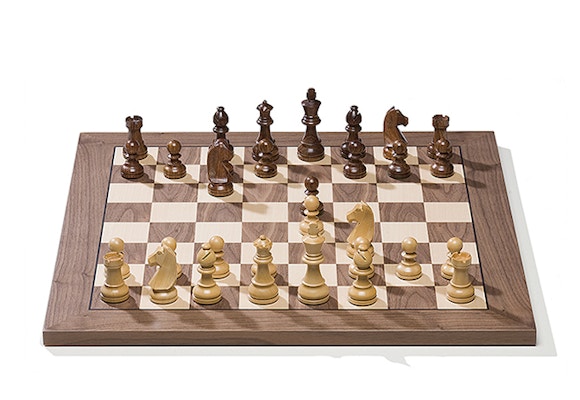
In the mean time.. we started with electronic chess boards
When the International Chess Federation FIDE expressed the wish to use electronic boards at the 1998 Chess Olympiad in Elista, DGT took up the challenge and set out to develop a system of some 300 electronic boards integrated into a single network to collect all data for live internet presentation, as well as the gamescores for the printed daily bulletin. Achieving this goal turned out to be difficult, and many technical problems had to be solved between the development paper and actual production. At the start of the Olympiad, however, 328 DGT e-Boards were up and running, and the system developed by DGT functioned smoothly.
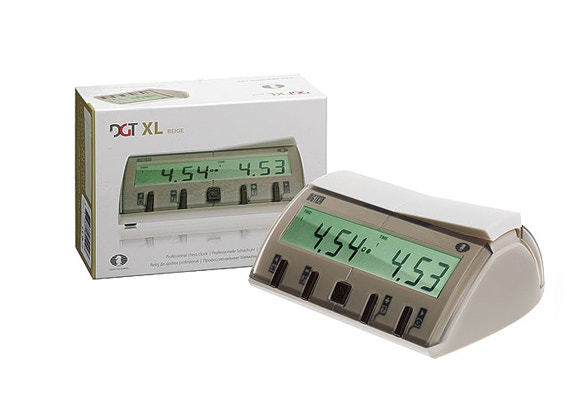
DGT XL
The DGT XL was introduced during the Dutch Team Playoffs in 2003. It is the accumulation of ten years of experience in the chess market. The clock has an extra-large display, an option to display messages (great for internet chess), more timing methods including an upcount method for use with Scrabble®, simplified operation, and a buzzer, and it can connect to the DGT electronic chess boards.
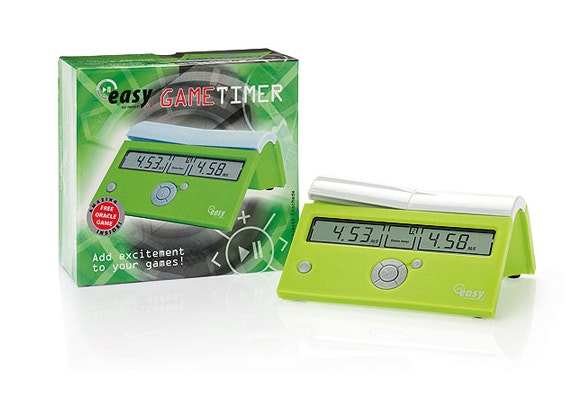
DGT Easy Plus
The DGT Easy and the DGT Easy Plus were introduced in 2005. The Easy Plus has the added options of delaying the countdown or adding extra time with each move. The DGT Easy is a digital chess clock for everyone and for every game. The DGT Easy is ideally suited for chess clubs, schools, and home use.
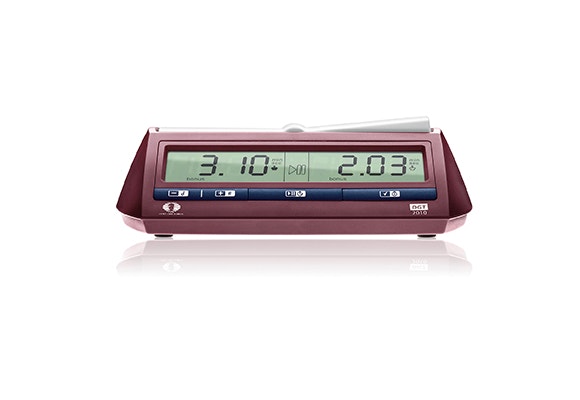
DGT2010
The DGT2010 was introduced in 2007 and received the status of "Official FIDE Chess Clock" in June 2008 after four top-level arbiters conducted tests and concluded that the clock is in full accordance with all FIDE rules and regulations. The DGT2010 is the successor to the DGT2000. An improved version of the DGT2010 was released in October 2010. To distinguish it from the previous model, the new model has blue buttons.
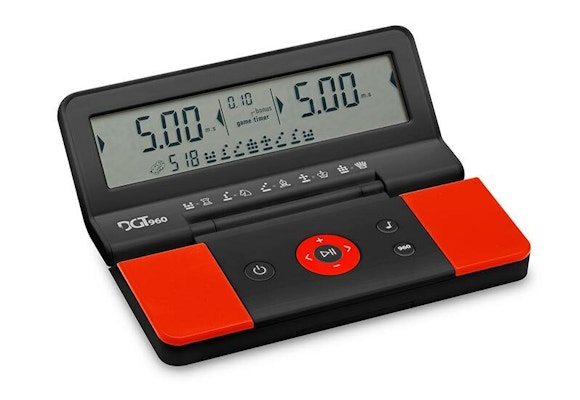
DGT Chess960
This game timer was developed as a handy foldable pocket-size chess clock with a Chess960 randomizer to automatically generate Chess960 starting positions. Chess960 was introduced by Bobby Fischer. In 2009, the Presidential Board of the International Chess Federation FIDE accepted the rules for Chess960 (or Fischer Random Chess) as the only other variation of chess and included it as an appendix to the Laws of Chess. In 2013, DGT changed the colors of this clock from white/orange to black/red.
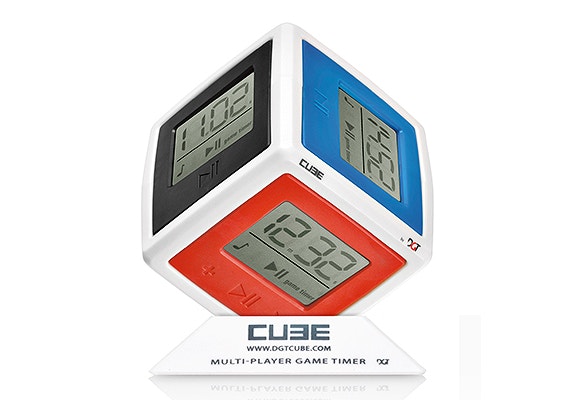
The Cube
A great new concept introducing a game timer that can be used with all board games, card games, or other games. The Cube has six clocks, one on each side, for a maximum of six players. Each clock can be set with an individual time for each player. Timing options include game timer and move timer settings as well as move counter and up-count.
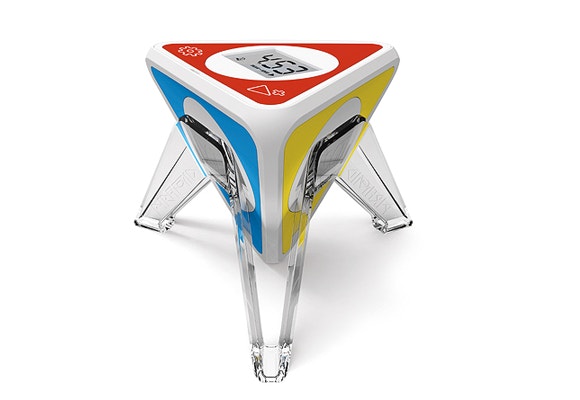
The DGT Pyramid
The DGT Pyramid is a simpler version of the DGT Cube with only four clocks, one on each side, for a maximum of four players.
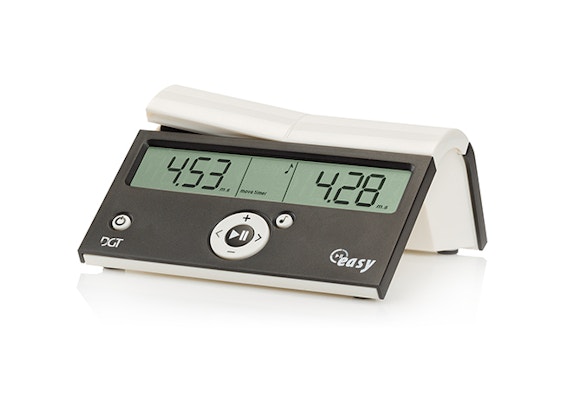
Redesign DGT Easy Clocks
The range of DGT Easy clocks was redesigned, and the improved version with a larger display, larger buttons, improved lever, and an extra timing option was released in 2013.
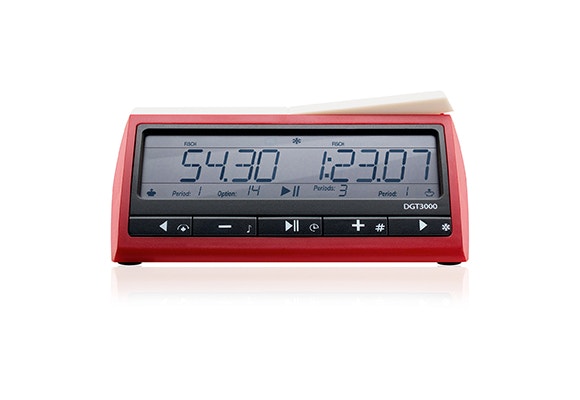
The DGT3000
After serious development, DGT released this highly advanced chess clock in 2014. It was first used at the World Championship match between Magnus Carlsen and Viswanathan Anand in Sochi, Russia. With an even larger display and many new and improved options, it was made to suit users' wishes. It connects to all DGT e-Boards and can communicate with the PC. The DGT3000 is in full accordance with all FIDE laws and regulations.
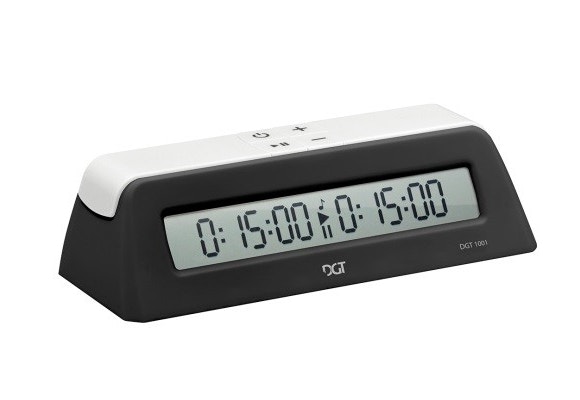
DGT1001
After the release in 2014 of the world's most advanced chess clock, the DGT3000, DGT set out to design and develop a simple but quality game timer that would be very easy and intuitive to use. The DGT1001 was released in October 2015 and is DGT's most affordable game timer suitable for any two-player game.
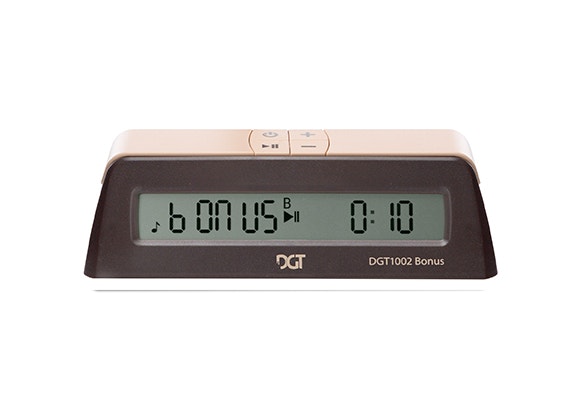
The DGT1002 Bonus Timer
To meet requests from chess trainers, chess clubs, and players worldwide, DGT added a Fischer Bonus option to the DGT1001 and turned it into the DGT1002. The intuitive simplicity and ease of use were maintained. The DGT1002 Bonus Timer was released in November 2016.
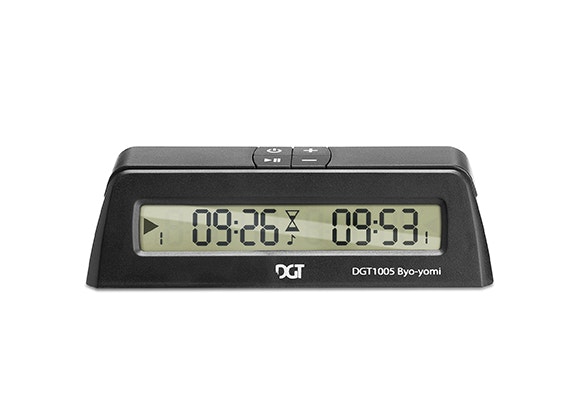
DGT Byo-yomi Timer
An affordable timer for Shogi and Go was developed and released in 2017 that has Japanese Byo-yomi timing options.
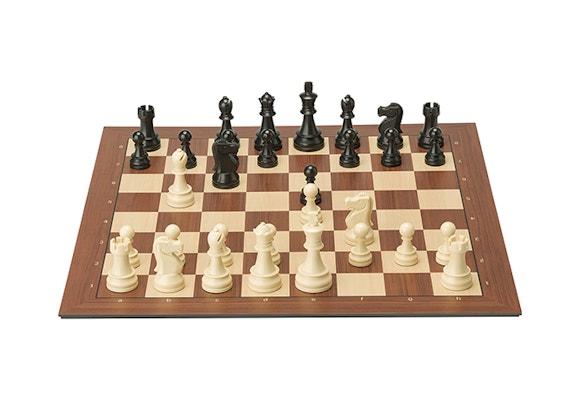
Smart boards - Making chess more accessible.
In 2017 DGT finished development of the Smart Board, an affordable high quality plastic version of the wooden live boards, making chess even more accessible.
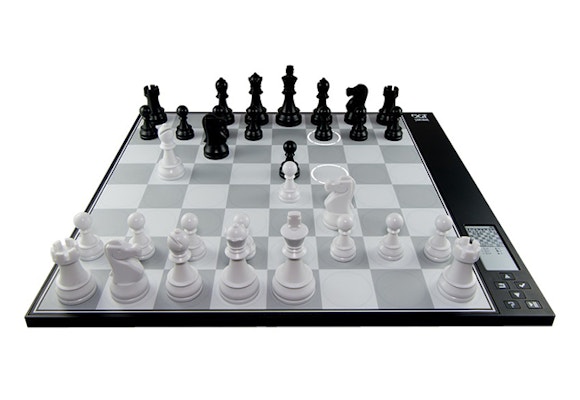
DGT Centaur
Centaur makes its way to the market. It automatically adapts itself to your playing strength and gives you a fair chance to win, to learn, and, most importantly, to have fun!
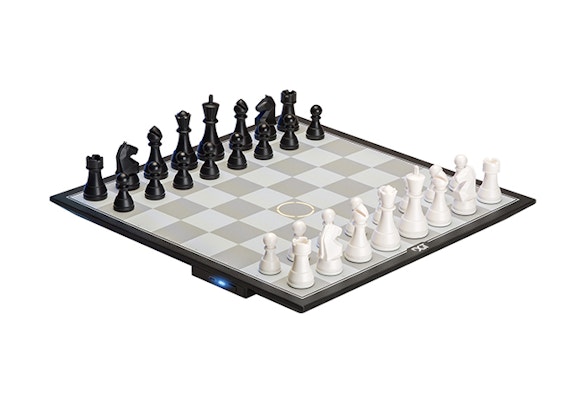
DGT Pegasus
The first real chess board dedicated to online play is now a reality.
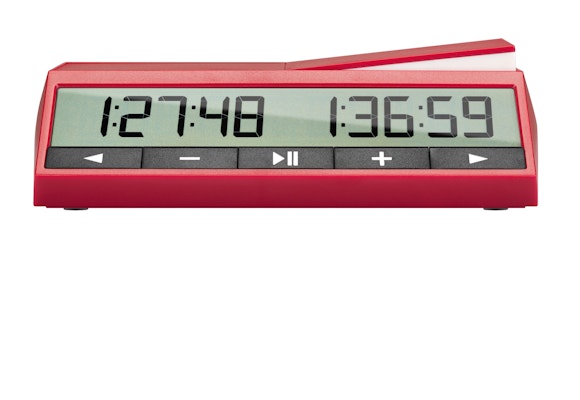
DGT2500
With 30 years of experience and many years of research, DGT has made the best even better. The improvements make the DGT2500 the best chess clock available.

Modern Staunton
The DGT team has designed and released a unique and exceptional set of chess pieces. The DGT Modern Staunton set was developed to establish a new standard in chess piece.

DGT1500
In an era where speed is essential, DGT has designed the perfect clock for rapid and blitz games. With its extra digit displaying tenths of seconds, the DGT1500 gives chess players the best support when every second counts.
